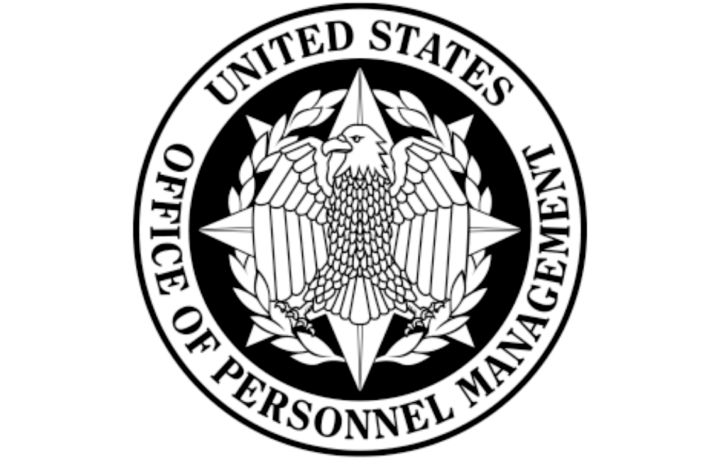Slow. Ineffective. Drain the swamp. Those are just a few of the words used to describe the federal workforce, depending on where we are in the political process. When it comes to budget arguments and cuts, federal employees know that their salaries are first on the chopping blocks. Sometimes, the cuts come in hiring freezes, but more often, they have come in furloughs, shutdowns, and salary freezes.
Better Goals and Strategy Translate to Long Term Success
However, after being promised a 1% increase in 2021, the Office of Personnel Management (OPM) is planning to increase federal workforce training. While money talks, training might get more at the heart of the issue within the federal workforce. Improving the levels of bureaucracy would help too, but Rome wasn’t built in a day.
OPM states that its goal is to maximize the strength of its workforce “by addressing certain root cause workforce issues, to include: strengthening leadership of human capital systems; developing better human resources processes and capabilities; and enhancing the workforce culture.”
Changing the Framework to Address the Federal Workforce Problems
While the promise of stability is a huge draw to federal employment, its workforce is also filled with employees that are capable of balancing the benefits of stability with mission focus. Unfortunately, for the percentage of employees who are unmotivated, the problems still exist even when the swamp gets drained. The framework for federal employment was set to be fair and remove bias, but with that came restrictions and inefficiencies that make it harder to hire top talent and harder for employees to do their work. The faces can change, but without a framework change too, the problem persists.
OPM’s Strategies to Reduce Inefficiencies
OPM’s recent adjustments are one step closer to reducing inefficiencies, making it easier to remove unmotivated and underperforming employees. OPM’s strategies to address issues are rightly focused on better empowering human resources. It’s rare that I hear of a rapid hiring and onboarding within the federal government. My friends and family that have been through the process have bemoaned the long wait times during each step of the process.
So, OPM’s strategies for its hiring processes are a welcome change:
- Make it easier to recruit top talent, reducing the time it takes to complete the hiring cycle from recruitment to onboarding.
- Improve the ability to differentiate applicants’ qualifications, competencies, and experience.
- Develop the capacity and skills of HR professionals to better serve customers.
- Add hiring process automation.
- Improve the applicant experience.
- Eliminate burdensome policies and procedures.
Better Talent Acquisition and employee Retention for Federal Workforce
According to a recent OPM update, the agency states that it “will provide agencies with at least 48 significant tools, flexibilities, and authorities needed to advance their human capital objectives, and mitigate skill gaps in 80 percent of identified high risk mission critical occupations compared to a 2017 skills gap baseline.”
Focusing on the skills gaps and meeting those needs with training is a great step forward for the federal workforce. Additionally, removing the unnecessary layers throughout the government will hopefully lead to better talent acquisition and improve employee retention.




